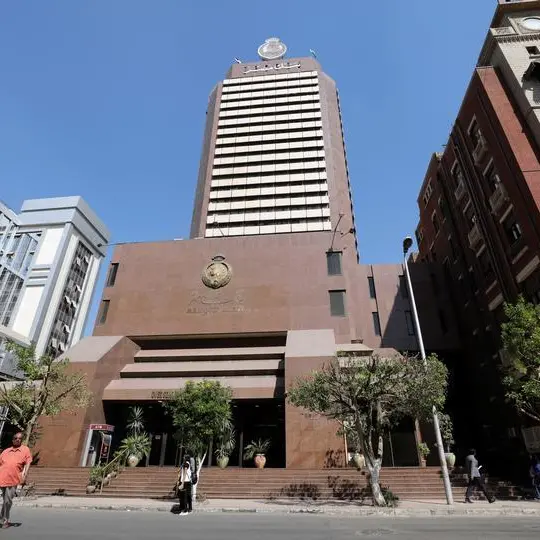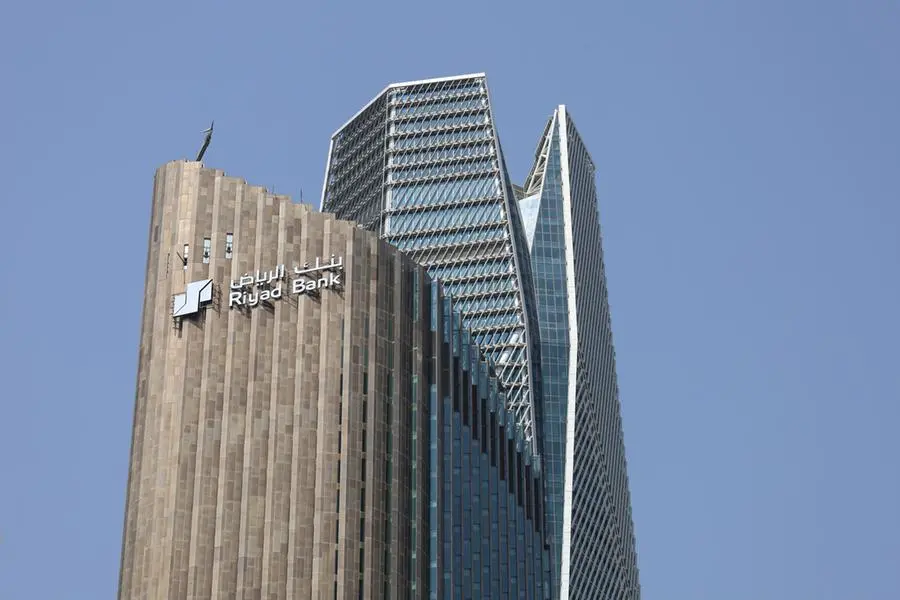PHOTO
Rich countries and organisations that were previously sending grants to Africa as official development assistance (ODA) have now resorted to lending instead, worsening the debt crisis that African countries face, a new report shows.
The report titled ‘A world of Debt’ published by the United Nations Conference on Trade and Development (Unctad) reveals that the share ODA has given in form of loans instead of grants has increased by over six percent since 2012.
This has pushed countries that have traditionally relied on aid into a debt crisis, with many countries on the continent now spending more money on interest payment for their debts than vital sectors such as health or education.“The decline in overall aid, the increasing use of loans and the sharp reduction in debt relief resources add further pressure on developing countries burdened by debt,” the UN agency said in the report published this week.
Read: Debt, pending bills batter Africa economies in 2024Currently, it is estimated that about 34 percent, or one-third, of what comes to Africa as ODA are packaged as concessional loans and not grants as was the norm previously. In 2012, this was 28 percent, an indication that donors are increasingly resorting to lending instead of donating.
This, added to the fact that the developing world are grappling with much higher interest payment on their sovereign loans, has contributed to a spiralling debt crisis impacting most countries on the continent currently.
According to the Unctad report, the world debt has exponentially grown over the last decade, rising from $50 trillion in 2010 to over $97 trillion as of 2023, yet, in developing countries, the rate of growth was twice as fast.
Africa’s debt, for instance, grew from an average of 30 percent as a ratio of gross domestic product (GDP) in 2010, to over 60 percent currently, while most developed countries have a debt-to-GDP ratio of less than 40 percent.
At the same time, debt servicing costs have skyrocketed over the decade, disproportionately affecting developing countries, with Africa now paying 9.8 times more interest on their sovereign bonds than developed countries like Germany, for instance.“High borrowing costs increase the resources needed to pay creditors, which makes it difficult for developing countries to finance investments,” says the report.
According to the report, the high cost of debt service for Africa is impacting citizens as countries divert resources from crucial sectors such as health and education to pay their debt. Last year, a record 54 countries across the globe allocated at least 10 percent of their government revenues to interest payment alone. Half of these countries were African.
Data by Unctad shows that while countries on the continent now spend an average of $39 on health and $60 on education for each of their citizens, they spend about $70 per capita on interest payment.
In comparison, countries in Latin America spend $323 per citizen on healthcare, $364 per person on education and only $280 per capita on interest payment. Consequently, 768 million Africans, over half of the continent’s populace, live in countries that spend more on interest payment than on healthcare. © Copyright 2022 Nation Media Group. All Rights Reserved. Provided by SyndiGate Media Inc. (Syndigate.info).























